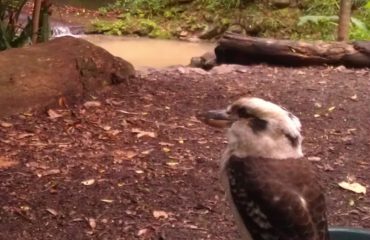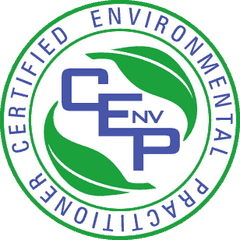READ THE FULL WHITE PAPER
THE DISTRIBUTION AND ECOLOGY OF THE SOUTHERN PINK UNDERWING MOTH PHYLLODES IMPERIALIS SMITHERSI SANDS (LEPIDOPTERA: EREBIDAE) IN NEW SOUTH WALES
Abstract. The distribution, ecology and conservation status of the Southern Pink Underwing Moth Phyllodes imperialis smithersi Sands and its larval food plant Carronia Vine Carronia multisepalea F. Muell. was investigated in New South Wales (NSW) from 2016 to 2021. The moth is listed as Endangered by the Australian and NSW governments. Phyllodes imperialis smithersi and its specific food plant were found in two disjunct regions; the Northern Rivers and Bellinger-Orara. Carronia multisepalea occurred in subtropical rainforest, was common in the Northern Rivers but patchily distributed in the Bellinger-Orara region. Phyllodes imperialis smithersi was surveyed by searching the food plant for eggs and larvae. Although considered to be very rare at the commencement of this study, P. i. smithersi was found at 48% of sites containing C. multisepalea and across the geographic and environmental range of the food plant. Larvae were located at a mean height of 61 cm, on younger leaves (81% from the current season) in low light situations (62% canopy cover) and 5–790 m above sea level. In the Northern Rivers, P. i. smithersi was found in major tracts of forest (McPherson Range, Wollumbin and Nightcap) and in 20 smaller remnants. We estimated 34,055 ha of potential habitat in the region and consider P. i. smithersi to be currently secure in the Northern Rivers. In the disjunct Bellinger-Orara region, P. i. smithersi was found in nine new locations, with abundant larvae and host plants at some sites. In many areas, rainforest appeared to be regenerating from past disturbance, with intact canopies beginning to provide suitable breeding conditions for the moth. However, the potentially isolated Bellinger-Orara population of P. i. smithersi remains relatively limited in extent and increasingly threatened from intense drought and fire.











